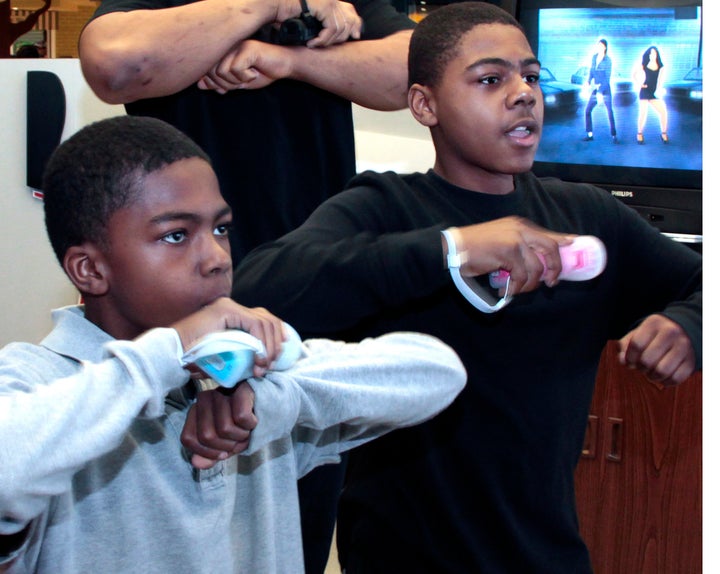
In a recent speech to a group of students at TechBoston in Dorchestor, Massachusetts. President Obama had this to say about video games:
I'm calling for investments in educational technology that will help create ... educational software that is as compelling as the best video game. I want you guys to be stuck on a video game that's teaching you something other just blowing something up.
When I started my career in video games in the early 1990s, the idea of a sitting President saying anything positive about video games was pretty much unthinkable. Back then, the medium was routinely vilified by politicians and generally dismissed as a frivolous waste of time by everyone else.
Perceptions of video games are definitely changing.
Today, hardly a week passes without a new study highlighting how video games can be good for learning. There is a steady stream of books, blogs, TED talks and conferences making a wide variety of claims about the positive potential of games. These claims range from rigorous academic studies highlighting the efficacy of a single game to broad claims about games saving the planet.
So, is game-based learning hype or reality? Right now it is both.
I believe that computer and video games absolutely have the potential to make significant learning (and social) impact. But I also believe that this potential is currently not being realized -- at least not at a meaningful scale.
To understand why games have so much potential (as well as why realizing this potential is so difficult) let's look at some of the thorniest education challenges the President outlined in his speech.
- Twenty-five percent of all kids in America are dropping out of school. Clearly school is neither engaging nor relevant to a large percentage of our youth.
While game-based-learning is certainly not a silver bullet for solving these complex challenges, games -- when effectively harnessed -- can be a powerful tool for addressing them. This is because there is a unique and, for many, surprising alignment between the core elements that make video games so deeply engaging and the best practices that many of the most effective teachers are employing in the classroom.
Here are just a few examples of this alignment:
Project-based learning: Games are interactive, "lean-forward," and participatory. They enable players to step into different roles (e.g. scientist, explorer, inventor, political leader), confront a problem, make meaningful choices and explore the consequences of these choices. Games can help make learning more engaging, relevant and give students real agency in ways that static textbooks simply cannot.
Personalized learning: Games are designed to enable players to advance at their own pace, fail in a safe and supportive environment, acquire critical knowledge just-in-time (vs. just-in-case), iterate based on feedback and use this knowledge to develop mastery. Games can help teachers manage large classes with widely divergent student capabilities and learning styles through embedded assessment and individualized, adaptive feedback.
24/7 learning: Games offer a delicate mix of challenges, rewards and goals that drive motivation, time-on-task and a level of engagement that can seamlessly cross from formal to informal learning environments. Given that kids spend more time engaged with digital media than any other activity (other than sleep), games can enable an increasing portion of this out-of-school digital media time to effectively reinforce in-school learning (and vice-versa).
Peer-to-peer learning: Games are increasingly social. Whether they involve guilds or teams jointly accomplishing missions, asynchronous collaboration over social networks or sourcing advice from interest-driven communities to help solve tricky challenges, games naturally drive peer-to-peer and peer-to-mentor social interactions.
21st Century skill development: Games are complex. Whether it is a 5-year-old parsing a Pokemon card or a 15-year-old optimizing a city in SimCity, games can foster critical skills such as problem solving, critical thinking, systems thinking, digital media literacy, creativity and collaboration. Given that many of the jobs that will emerge in 21st century have not yet been invented, these 'portable' skills are particularly important.
Games are also capital efficient. Games, especially game-based services, can be deployed, scaled, updated and optimized at a fraction of the per student cost of most textbooks.
That's the good news.
The bad news is that designing, developing, distributing, implementing and scaling effective game-based-learning products that leverage all of these capabilities is extremely difficult -- especially if the goal is widespread adoption in the classroom.
As a result, there is a significant gap between the potential of game-based-learning and the current reality. The next series of posts will explore this gap further as well as methodologies for closing it.